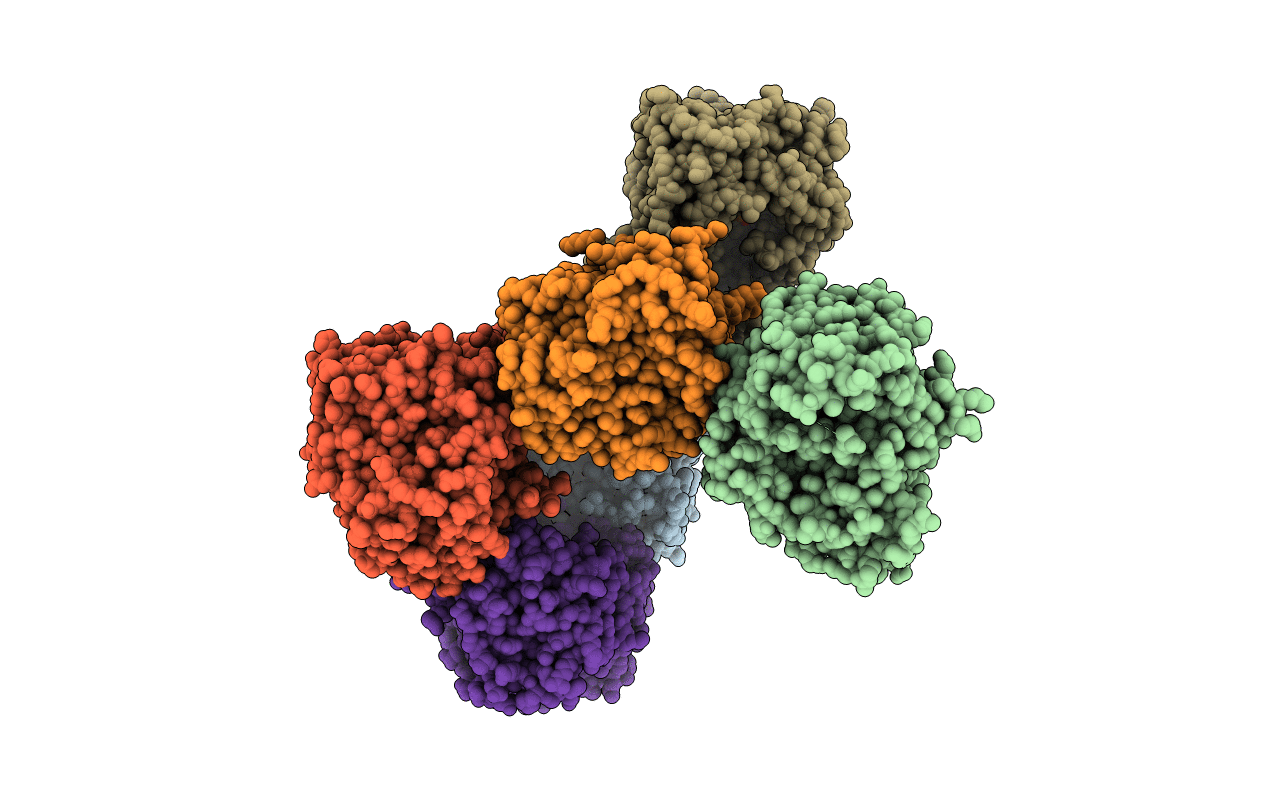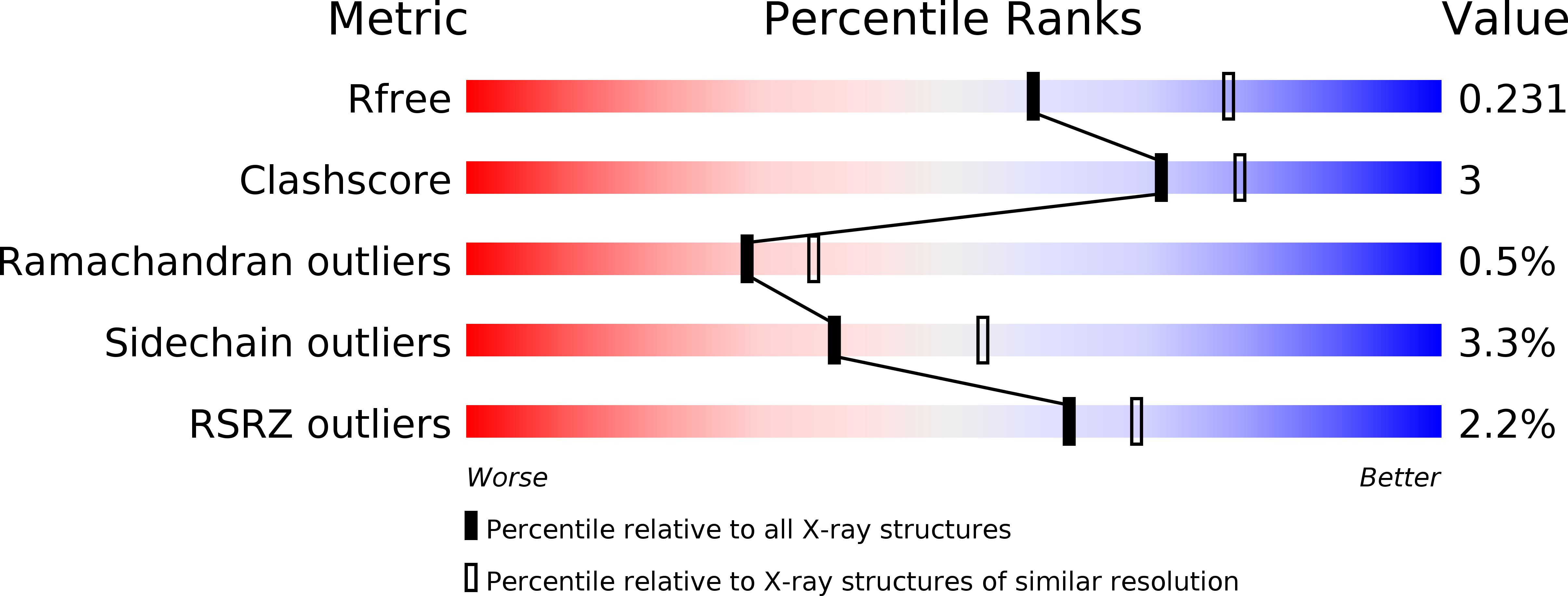
Deposition Date
2018-02-23
Release Date
2018-03-21
Last Version Date
2024-10-23
Entry Detail
PDB ID:
6CI7
Keywords:
Title:
The structure of YcaO from Methanopyrus kandleri bound with AMPPCP and Mg2+
Biological Source:
Source Organism:
Host Organism:
Method Details:
Experimental Method:
Resolution:
2.30 Å
R-Value Free:
0.22
R-Value Work:
0.18
R-Value Observed:
0.18
Space Group:
P 1 21 1


